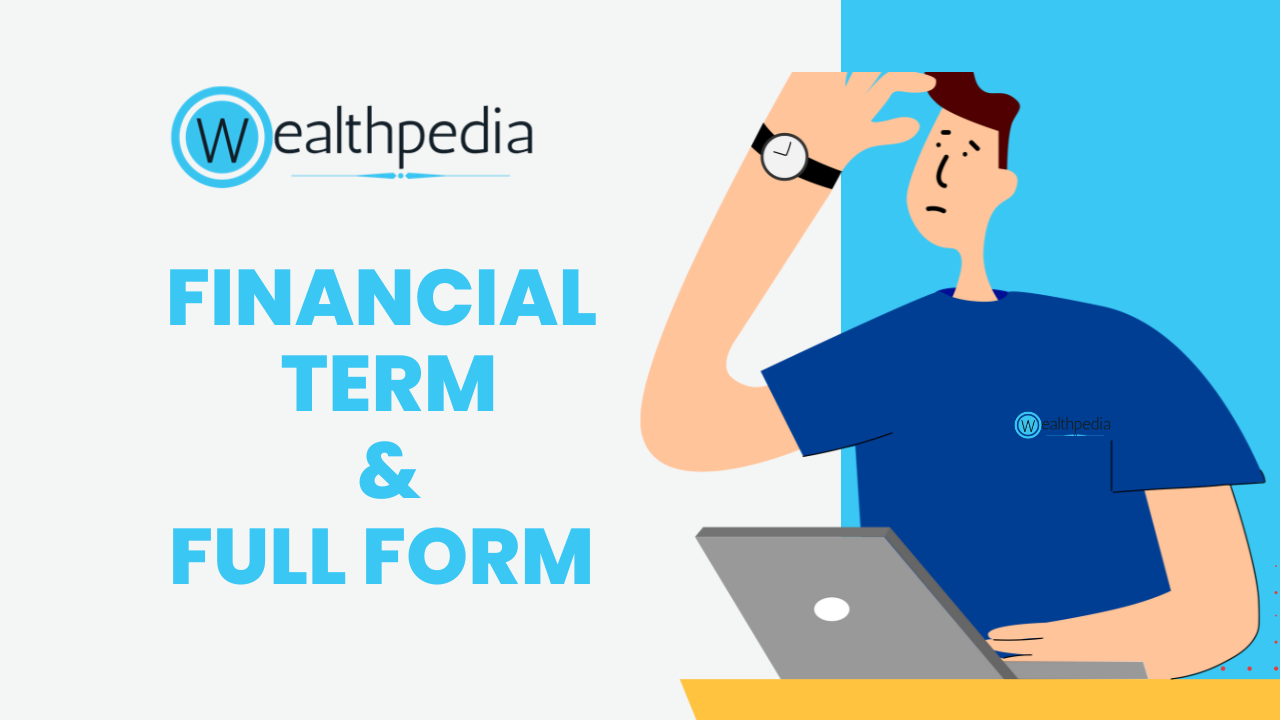As digital banking is gaining popularity, it has become essential for the customers to be aware of the terminologies used in the banking industry. One of the most commonly used terms in the banking industry is DBT. In this article, we will explore the meaning and DBT full form in banking.
What is DBT?
DBT stands for Direct Benefit Transfer. It is a digital payment system that facilitates the transfer of funds directly to the bank accounts of the beneficiaries. DBT is an important part of the government’s digital India initiative and is aimed at promoting transparency and accountability in the distribution of benefits and subsidies.
History of DBT in Banking
The concept of DBT was first introduced in India in 2013 by the Government of India. The aim was to transfer subsidies and benefits directly to the bank accounts of the beneficiaries, eliminating the need for middlemen and ensuring that the benefits reach the intended beneficiaries. Since then, DBT has been implemented across various sectors, including LPG subsidies, pension schemes, and scholarships.
Types of DBT
There are various types of DBT, some of which are:
Aadhaar Enabled Payment System (AEPS)
AEPS is a type of DBT that is based on the Aadhaar authentication system. It allows beneficiaries to access their bank accounts using their Aadhaar number and fingerprint. AEPS is a secure and convenient way of making transactions, and it has been widely adopted across the country.
National Electronic Funds Transfer (NEFT)
NEFT is a type of DBT that is used for transferring funds between banks. It is a secure and reliable way of transferring funds, and it is widely used by individuals and businesses.
Immediate Payment Service (IMPS)
IMPS is a type of DBT that allows instant transfer of funds between banks. It is a convenient way of making transactions, and it is available 24/7.
Unified Payments Interface (UPI)
UPI is a type of DBT that is based on the mobile application. It allows users to transfer funds using their mobile phones, and it has become popular in recent years.
Benefits of DBT
DBT has several benefits, some of which are:
- Transparency: DBT promotes transparency in the distribution of benefits and subsidies.
- Accountability: DBT ensures that the benefits reach the intended beneficiaries, eliminating the need for middlemen.
- Convenience: DBT is a convenient way of making transactions, and it eliminates the need for physical cash.
- Cost-effective: DBT is a cost-effective way of transferring funds, and it reduces the overall cost of the transaction.
Challenges in implementing DBT
Despite its numerous benefits, implementing DBT has several challenges, some of which are:
- Lack of infrastructure: DBT requires a robust infrastructure, including a reliable internet connection and adequate banking facilities, which is still lacking in many parts of the country.
- Lack of awareness: Many beneficiaries are still unaware of the benefits of DBT and are hesitant to switch to digital payment systems.
- Security concerns: DBT involves the transfer of sensitive financial information, which can be vulnerable to cyber-attacks and data breaches. Ensuring the security of the system is a significant challenge.
How to apply for DBT?
To apply for DBT, beneficiaries need to link their bank account with their Aadhaar number. Once the bank account is linked, beneficiaries can avail of various benefits and subsidies directly into their bank account.
Documents required for DBT
The documents required for DBT vary depending on the type of benefit or subsidy. However, some of the common documents required are:
- Aadhaar card
- Bank account details
- Income certificate
- Address proof
Security measures in DBT
To ensure the security of the DBT system, various security measures are implemented, including:
- Aadhaar authentication: Beneficiaries need to authenticate themselves using their Aadhaar number and fingerprint before availing of benefits.
- Two-factor authentication: For online transactions, two-factor authentication is required, which includes a password and an OTP.
- Encryption: All transactions in DBT are encrypted to ensure that the sensitive financial information is protected.
DBT vs. RTGS vs. NEFT
DBT, RTGS, and NEFT are all digital payment systems used in banking. However, there are some differences between them. While DBT is used for transferring benefits and subsidies, RTGS and NEFT are used for transferring funds between banks. The minimum amount for RTGS is Rs. 2 lakh, whereas there is no minimum limit for NEFT. DBT, on the other hand, has no limit on the amount that can be transferred.
Future of DBT in Banking
DBT is a crucial part of the government’s digital India initiative and is expected to play an important role in the future of banking in India. As more and more people switch to digital payment systems, DBT is likely to become even more popular, and new types of DBT are likely to be introduced.
FAQs on DBT
The full form of DBT in banking is Direct Benefit Transfer.
DBT is used for transferring benefits and subsidies, whereas RTGS is used for transferring funds between banks.
DBT is secure, and various security measures are implemented, including Aadhaar authentication, two-factor authentication, and encryption.
To apply for DBT, beneficiaries need to link their bank account with their Aadhaar number.
Some of the benefits of DBT are transparency, accountability, convenience, and cost-effectiveness.
Conclusion
DBT is an essential part of the digital revolution in banking. It has several benefits, including transparency, accountability, and convenience.
However, implementing DBT also poses some challenges, such as lack of infrastructure and security concerns. Nevertheless, with the government’s continued efforts to promote digital payments, DBT is likely to become even more popular in the future.

